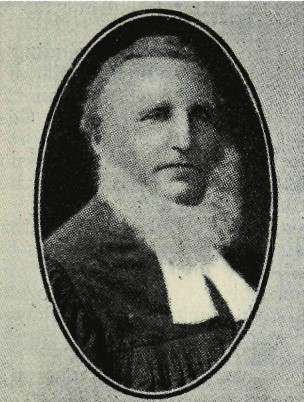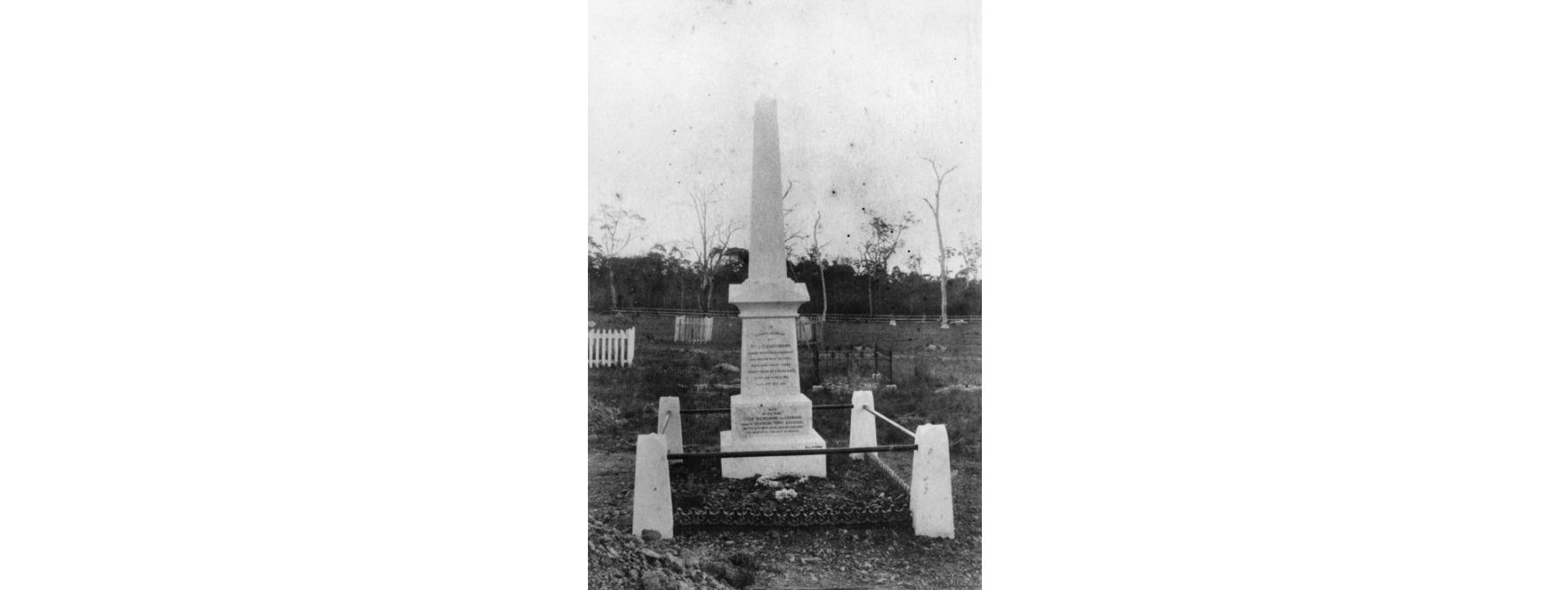Pastor Johann Haussmann (1811-1901), along with five others, offered to undertake missionary work in foreign lands on behalf of the Gossner Mission Institute. Through mediation with J. D. Lang they were sent to Moreton Bay to establish the Zion Hill mission in 1838. The mission was abandoned in 1850 but Haussmann continued his missionary work throughout Queensland, especially his endeavour to bring Christianity to the Aborigines. In 1845, at Burpengary, he nearly lost his life to an Aboriginal attack but survived and lived to the age of 90.
Haussmann, a former butcher, was one of the first disciples of Johannes Gossner, who converted to Lutheranism in 1826. Gossner trained the six missionaries who arrived at Moreton Bay in 1838: Haussmann, Friedrich Franz, August Olbrecht, Johann Wagner, Johann Holzhausen and Karl Zabel.
Zion Hill was the first mission in what later became Queensland. Its missionaries are remembered as the first free settlers of Queensland, who had the first free-born settler children in Queensland. Haussmann’s wife, Wilhelmina Lehman (1810-1889), was a seamstress from Marburg, Germany. They were married in Germany prior to departing for Australia. Haussmann children born at Zion Hill included Johanna Maria (b. 12 Jan 1839), John Godfrey (b. 8 Dec 1840), Anne Wilhelmina (b. 20 Oct 1842), and John Edward (b. 1 Aug 1854).
From 1851 to 1852, Haussmann attended John Dunmore Lang’s ‘Australian College’ in Sydney and was ordained as a Presbyterian minister in 1853. He then worked as a chaplain to German and English settlers in Maryborough and surrounding districts before moving to Victoria. After his return to Queensland, Haussmann was instrumental in settling a new wave of German immigrants in the Beenleigh and Logan areas in the 1860s, becoming the patriarch of the German settlers in southern Queensland.
Johann Haussmann’s 90th birthday was celebrated at Beenleigh on 27 October 1901. He received congratulations from the acting Queensland premier, Sir Samuel Griffith, and was awarded the Red Eagle by the German Kaiser. Two months later, on 31 December 1901, Haussmann passed away and was buried at the Beenleigh Cemetery.
Citation
Lee Butterworth and Jan Richardson, ‘Johann Haussmann (1811-1901)’, Harry Gentle Resource Centre, Griffith University, 2017 (updated 2023), https://harrygentle.griffith.edu.au/life-stories/pastor-johann-hausmann/
Books
J. G. Haussmann, An Autobiography of Pastor J. Gottfried Haussmann (1811-1901).
Chapter in J. C. Kunde, They Came From Pommern (Prussia): The Life of the Kunde Family, Cambooya, Qld: J. C. Kunde, 1982.
Regina Ganter, The Context for Aboriginal Souls: European Missionary Agendas in Australia.
Canberra: ANU Press, 2018.
Journals
The Nundah Missionaries. W. N. Gunson, Royal Historical Society of Queensland Journal, vol. 6, no. 3, 1960-1961, pp. 511-539.
Digging in: German humanitarians in early Queensland. Regina Ganter and Robert Mason, Queensland Review, vol. 21, no. 2, 2014 pp. 122-141.
The German missionaries of Zion Hill. Roger Ford, Queensland History Journal, vol. 21, no. 1, 2010, pp. 34-47.
A German Jubilee, The Notable Career of Rev. J. G. Haussman [sic]. James Connal Howard Gill, Journal of the Royal Historical Society of Queensland, vol 9, no. 2, 1971, pp. 79-91.
Newspapers
Domestic intelligence, Moreton Bay Courier, 19 Jan 1856.
Classified advertising - Parliamentary Notice, Brisbane Courier, 15 May 1886.
Fifty years ago - CXXVII, Brisbane Courier, 20 Jan 1906.
Where once the savage roamed, Brisbane Courier, 19 Jul 1930.
That reminds me, Courier-Mail , 1 Dec 1937.
Online Resources
Hausmann, Johann Gottfried (1811-1901), German Missionaries in Australia, Griffith University
'Pastor J. G. Haussmann', Australian Lutheran Almanac for the Year, 1965




